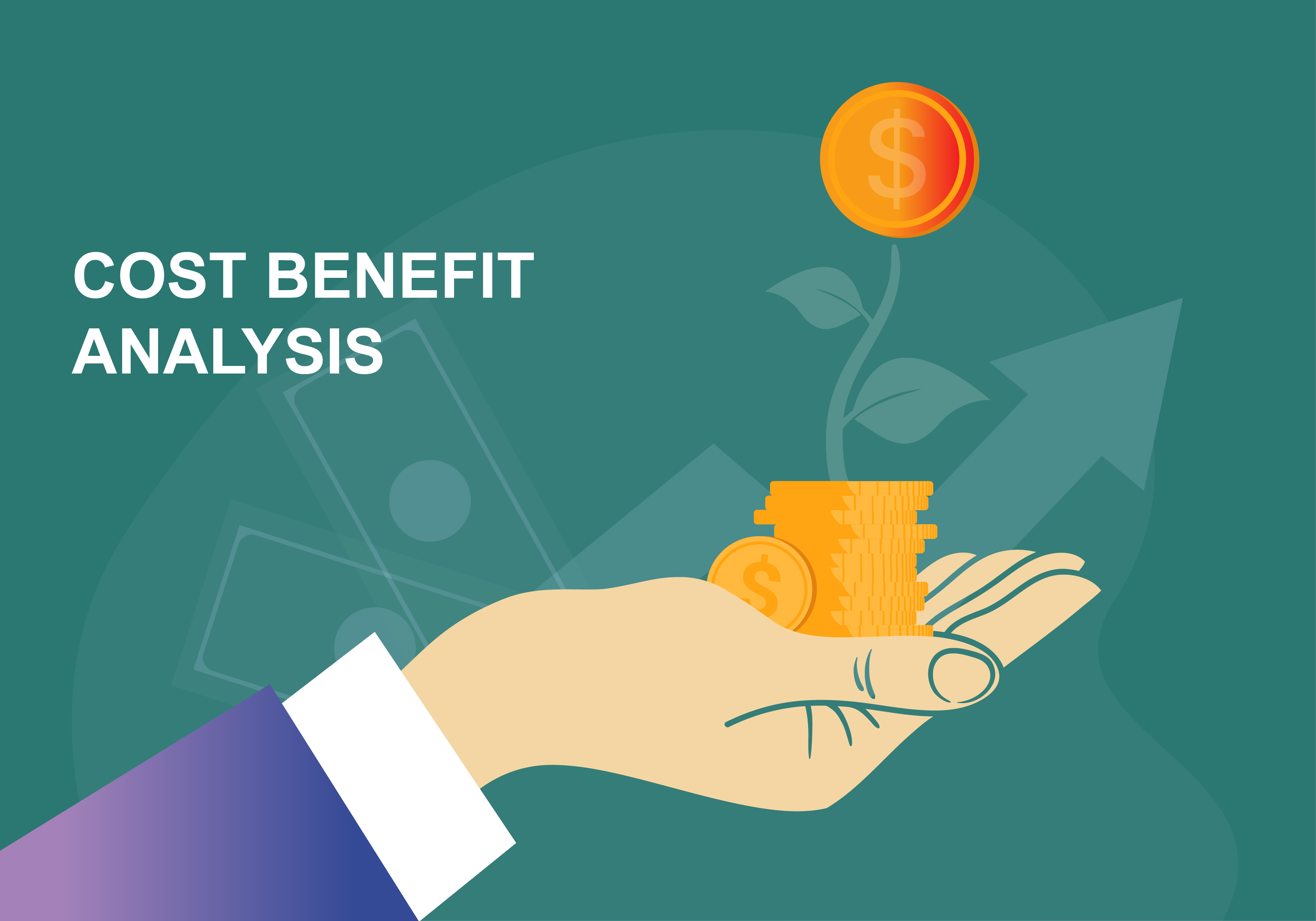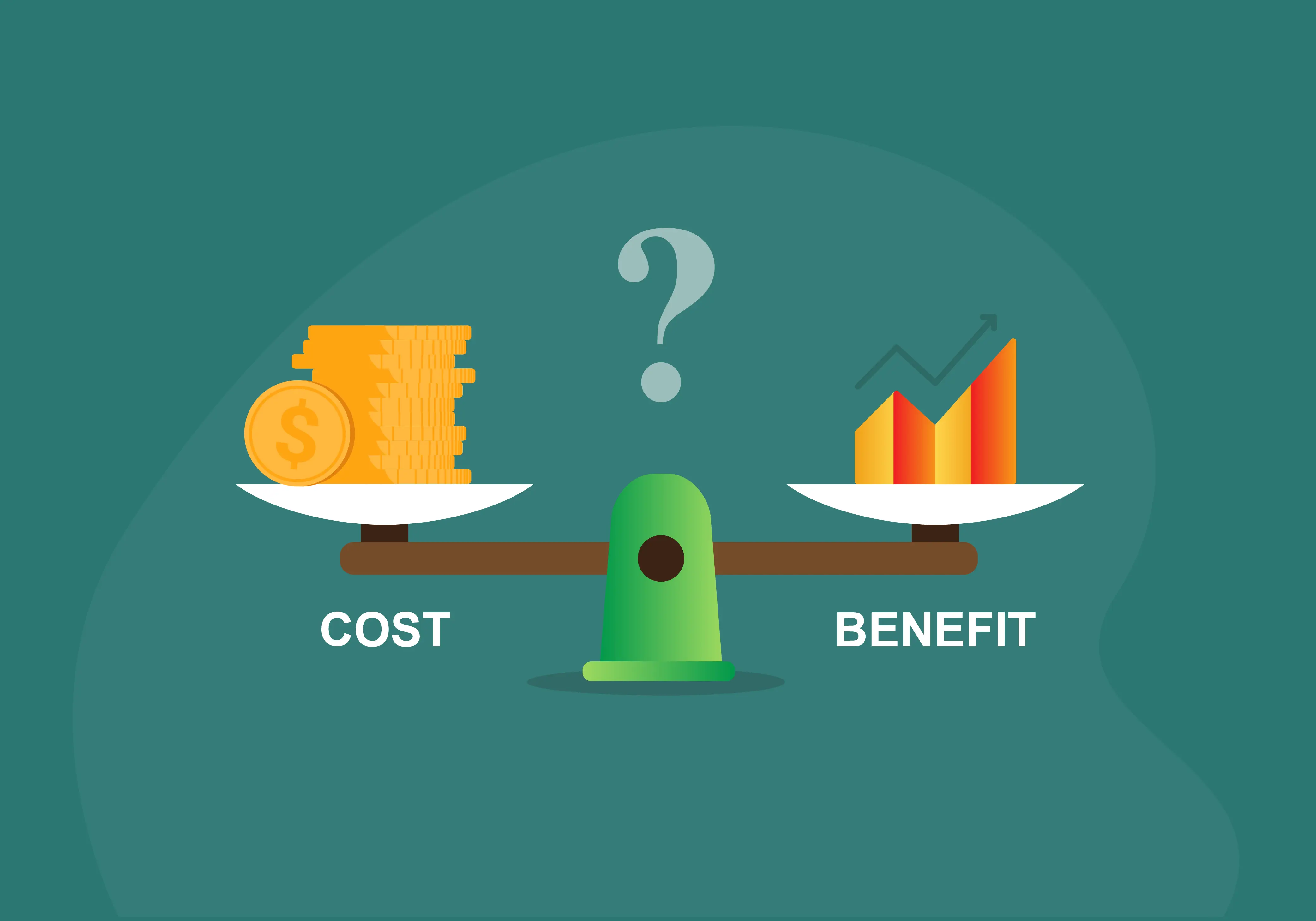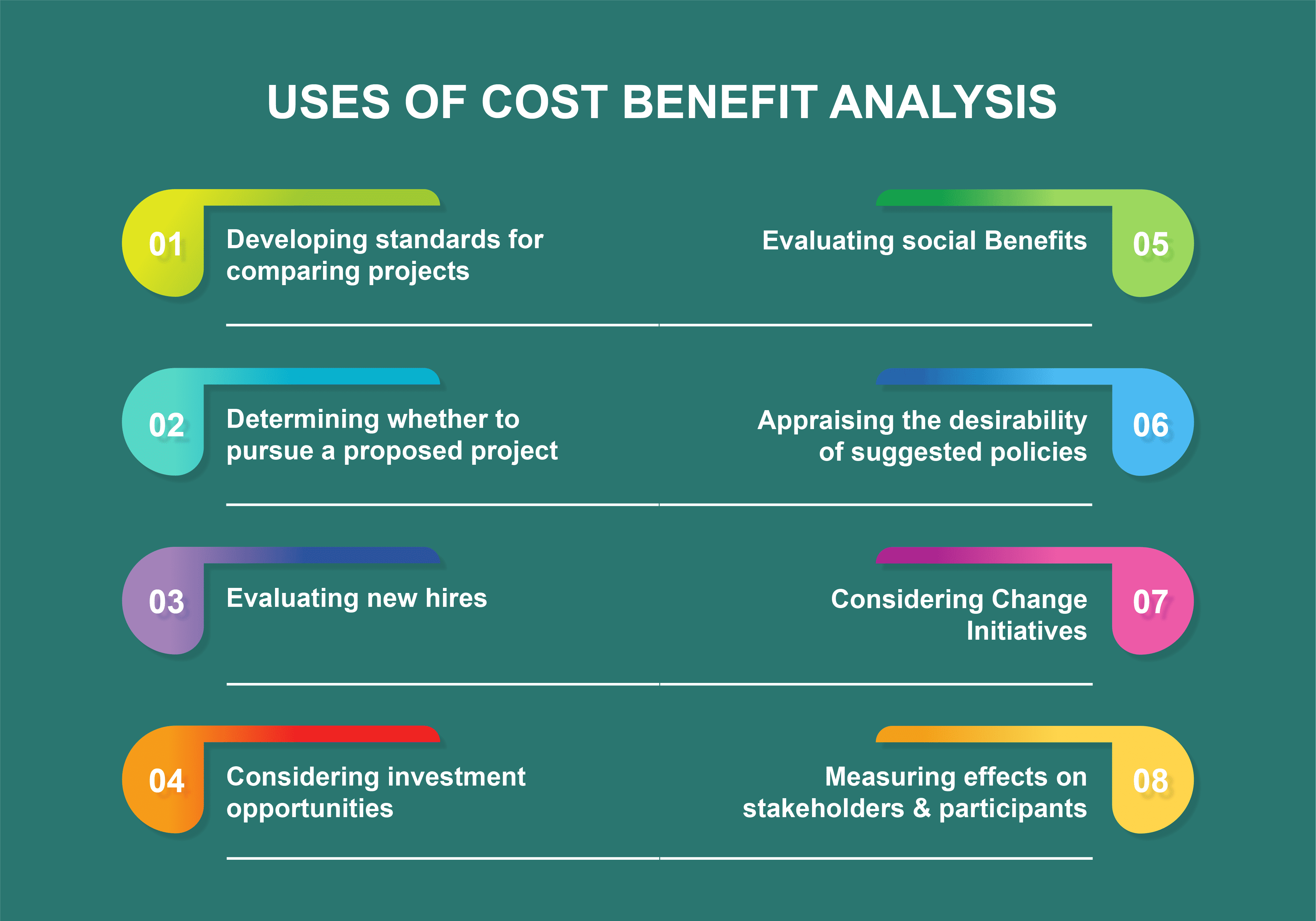Cost Benefit Analysis

The success of life depends on the mantra “how much I have and how much I need”. This mantra is applicable to every field of life. Whether it is business or career, your success will be determined by your cognition on your requirements. In business, cost-benefit analysis would play an important part to attain profit and success. This post will light on the overall idea about cost-benefit analysis and how it acts as a strategy to overcome hurdles and thereby get business success. Cost-benefit analysis can help make important decisions. Cost-benefit analysis can help teams find the highest and best return on an investment based on the cost, resources, and risk involved.
What is Cost Benefit Analysis?
A cost-benefit analysis is a process by which organizations can analyze and evaluate systems or projects, decisions, or determine a value of intangibles. The business or organizations sums the benefits of a condition or action and then deducts the costs associated with taking that action. Some experts or analysts also build models to assign a dollar value on intangible objects, such as the benefits and costs related to living in a certain town. When finalized, a cost-benefit analysis will produce concrete results that can be used to develop rational conclusions around the feasibility and/or prudence of a decision or situation.
Understanding Cost-Benefit Analysis
Before starting a new business or taking on a new project, sensible managers conduct a cost-benefit analysis to assess all the potential costs and revenues that a company might generate from the business of the project. The result of the analysis will determine whether the project is financially feasible or if the company should track another project.
In many simulations, a cost-benefit analysis will also factor the opportunity cost into the decision-making process. Opportunity costs are alternative benefits that could have been realized when picking one alternative over another. In other words, the opportunity cost is the sacrificed or missed opportunity as a result of a choice or decision. Factoring in opportunity costs lets project managers weigh the benefits from alternative courses of action and not merely the current path or choice being considered in the cost-benefit analysis.
By seeing all options and the potential missed opportunities, the cost-benefit analysis is more systematic and allows for better decision-making. By providing a clear view of the results of a decision, cost-benefit analysis is a vital tool in developing business strategy, evaluating new recruitments, or making resource allocation or purchase decisions.

PowerPoint templates for business presentation available in slidebazaar gallery
Origin of cost benefit analysis
In the mid of 19th century a French Engineer who was also a self-taught economist, Jules Dupuit has first mentioned the importance of “ cost-benefit analysis”. He used fundamental concepts of what later became known as cost benefit analysis in determining tolls for a bridge project on which he was working. Dupuit defined the principles of his evaluation process in a post written in 1848, and the process was further polished and popularized in the late 1800s by British economist Alfred Marshall, author of the groundbreaking text, Principles of Economics (1890).
The Cost-Benefit Analysis Process
A cost-benefit analysis should activate with gathering a comprehensive list of all the costs and benefits associated with the project or decision.
The costs involved in the analysis might include the following:
♦ Direct costs would be direct labor included in inventory, manufacturing, raw materials, manufacturing expenses.
♦ Indirect costs might include electricity, overhead costs from management, rent, and values.
♦ Intangible costs such as customer impact of pursuing a new business approach, project, or building of a manufacturing plant, delivery delays of product, employee impact.
♦ Opportunity costs such as alternative investments, or buying a plant versus constructing one.
♦ Cost of potential risks such as regulatory risks, competition, and environmental impacts.
Benefits might include the following:
♦ Revenue and sales increases from increased production or new product.
♦ Intangible benefits, such as upgraded employee safety and morale, as well as customer satisfaction due to enhanced product offerings or faster delivery.
♦ Competitive advantage or market share gained as a result of the decision.
A financial expert or project manager should apply a monetary evaluation to all of the items on the cost-benefit list, taking special care not to undervalue costs or overvalue benefits. A traditionalist approach with a conscious effort to avoid any subjective tendencies when computing estimates are best suited when assigning a value to both costs and benefits for a cost-benefit analysis.
Lastly, the consequences of the cumulative costs and benefits should be compared quantitatively to define if the benefits outweigh the budgets. If so, then the sensible decision is to go forward with the project. If not, the business should reexamine the project to see if it can make alterations to either increase benefits or decrease costs to make the project feasible. Otherwise, the company should likely avoid the project.
Cost-benefit analysis is the cornerstone of the decision-making process across various disciplines. It can be applied in different scenarios to get the accurate answer of questions that might be aroused from your rational thought. The utility of cost benefit analysis will be a valuable insight when:
Uses of cost benefit analysis

click for cost benefit analysis PowerPoint template
5 important steps to do cost benefit analysis
There is no prescribed “standard” or format to do cost benefit analysis. However, there are certain core elements that will be worked with almost all analysis. Those elements are;
♦ Create a framework to outline the parameters of the analysis
♦ identify costs and benefits so they can be classified by type and intent
♦ Estimate costs and benefits across the assumed life of a project or initiative
♦ Compare cost and benefits using aggregate information
♦ Examine results and make an informed, final recommendation
Many businesses are struggling to make a return on investment because they financed in a project that sounded good in the boardroom but ultimately didn’t generate any returns. A cost-benefit analysis can bring your thoughts into the real world, efficiently asking the question “Is it worth?”
